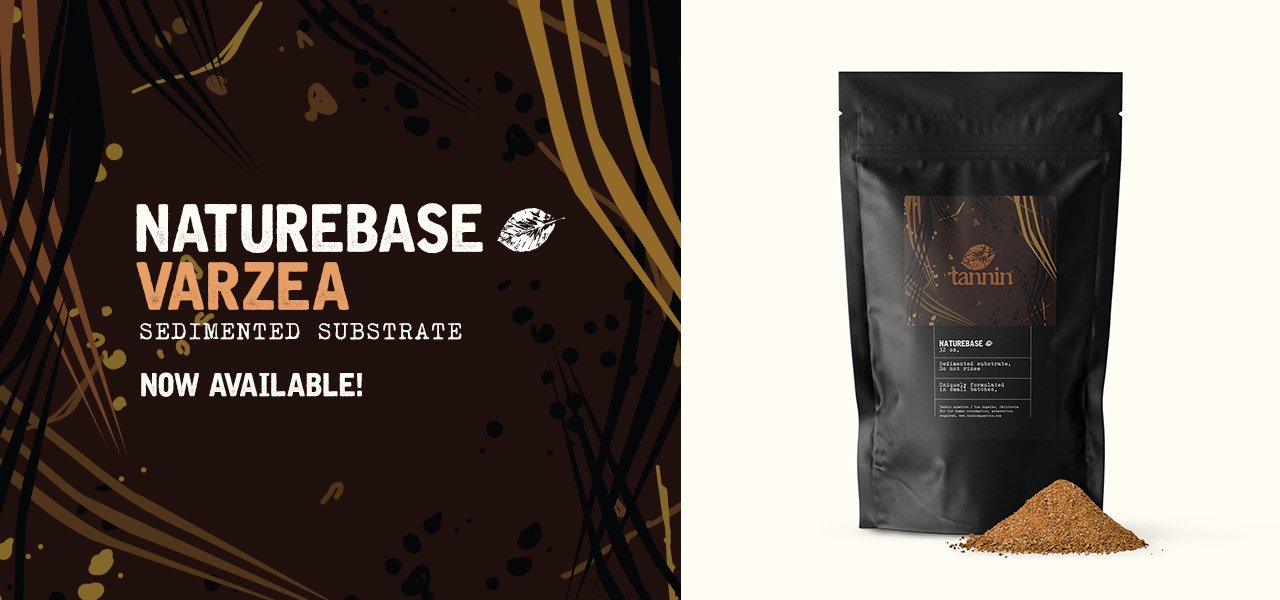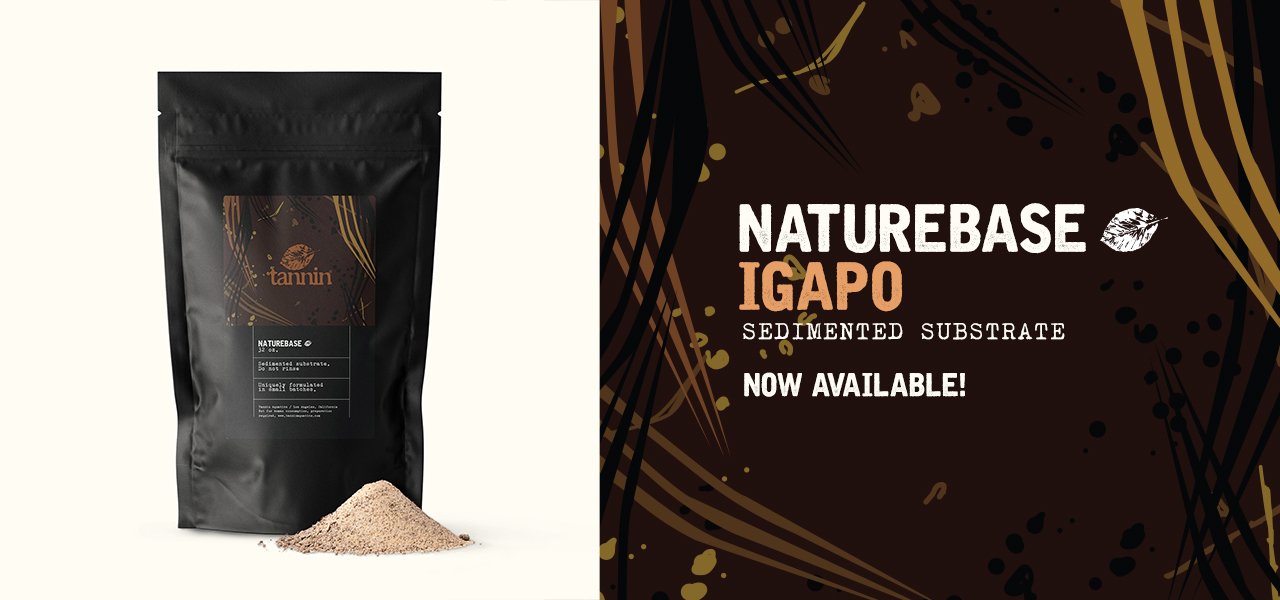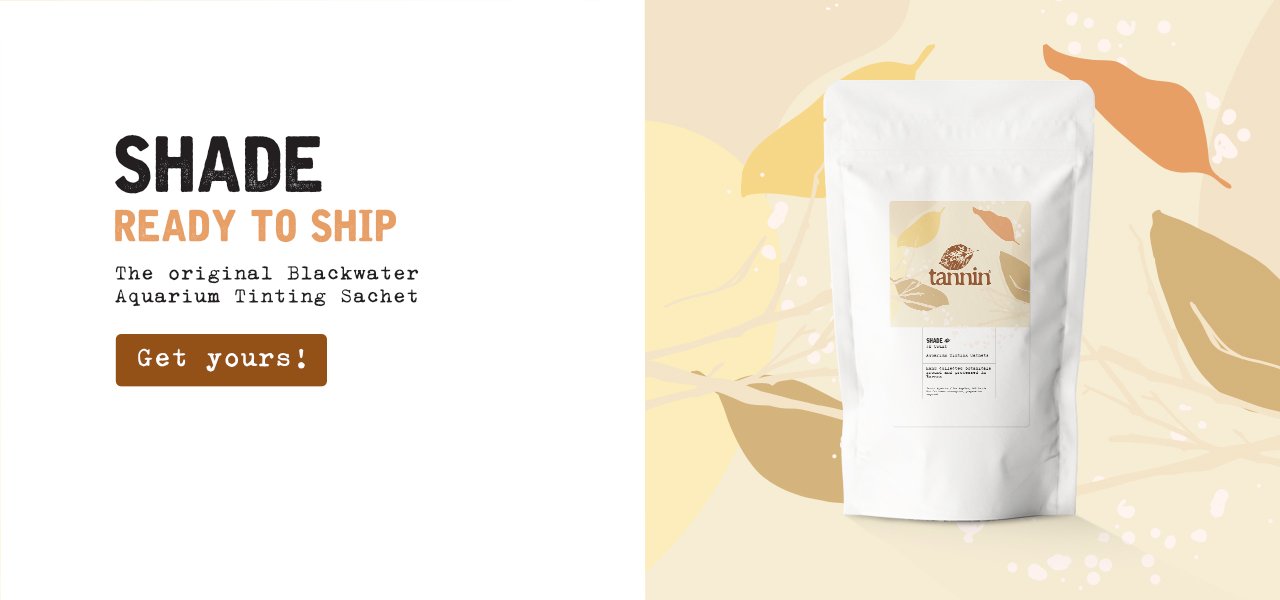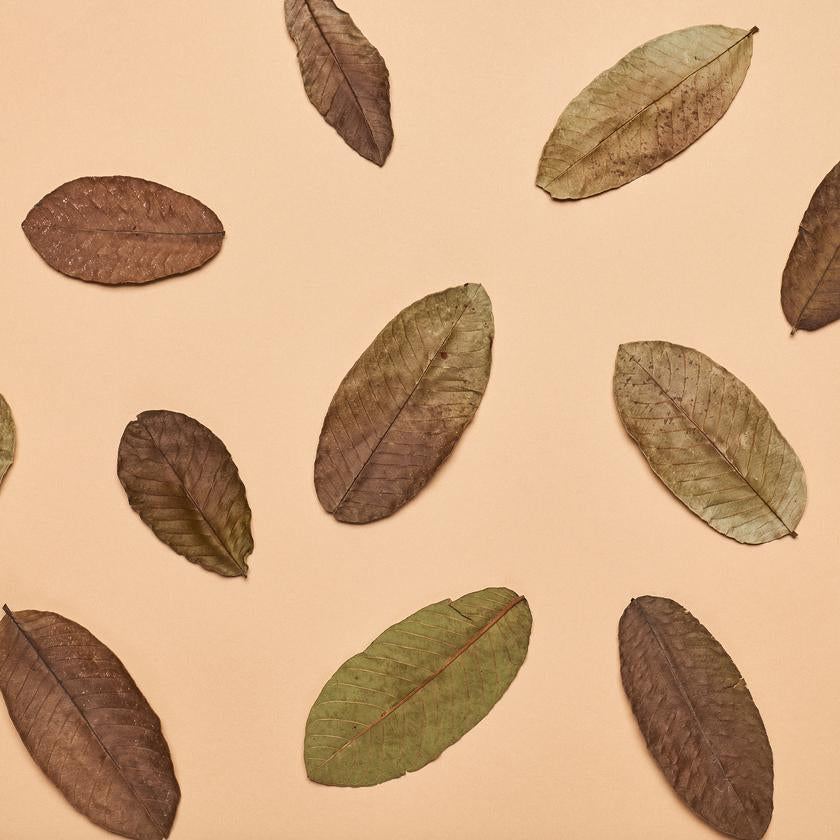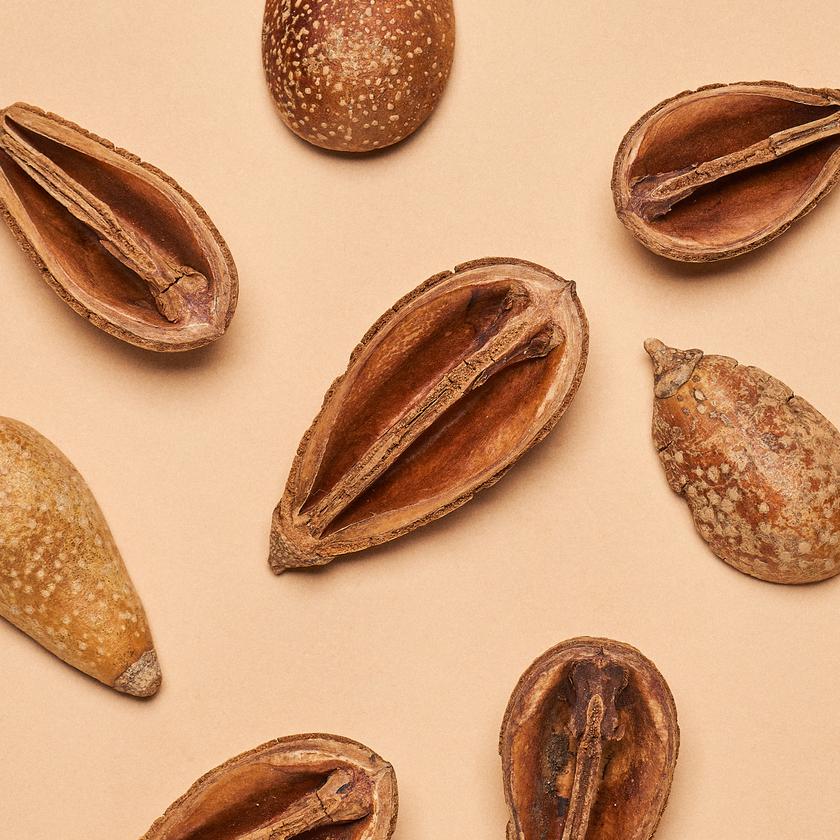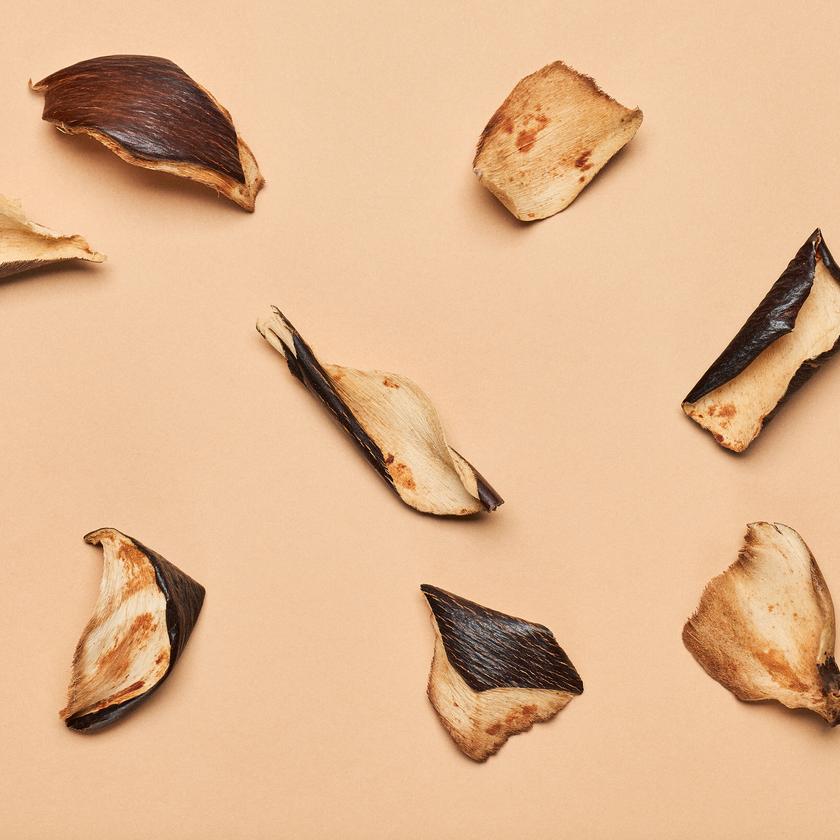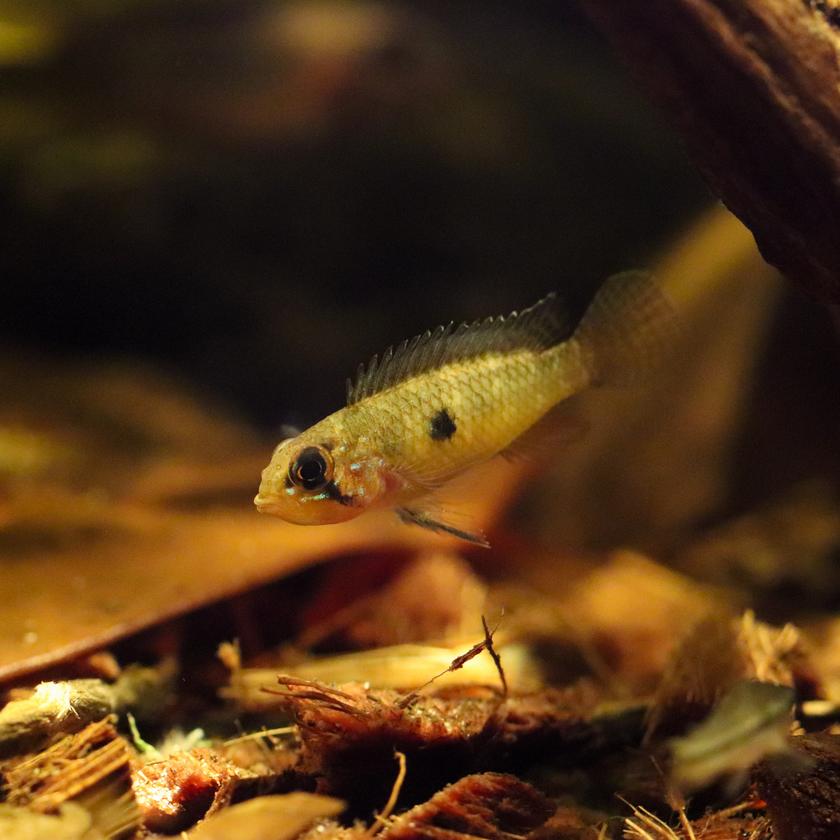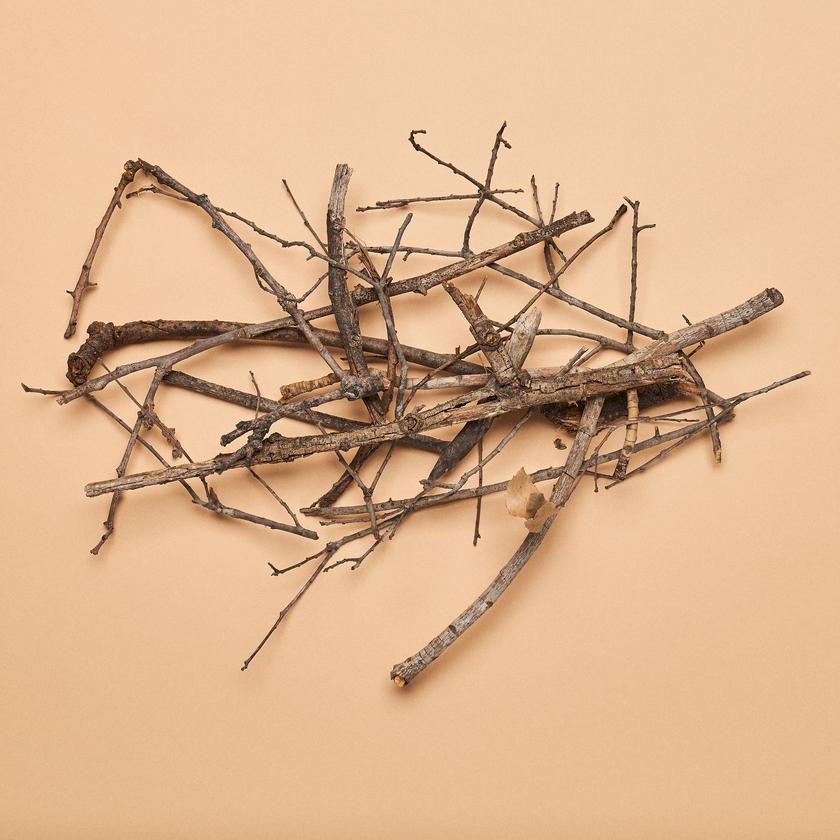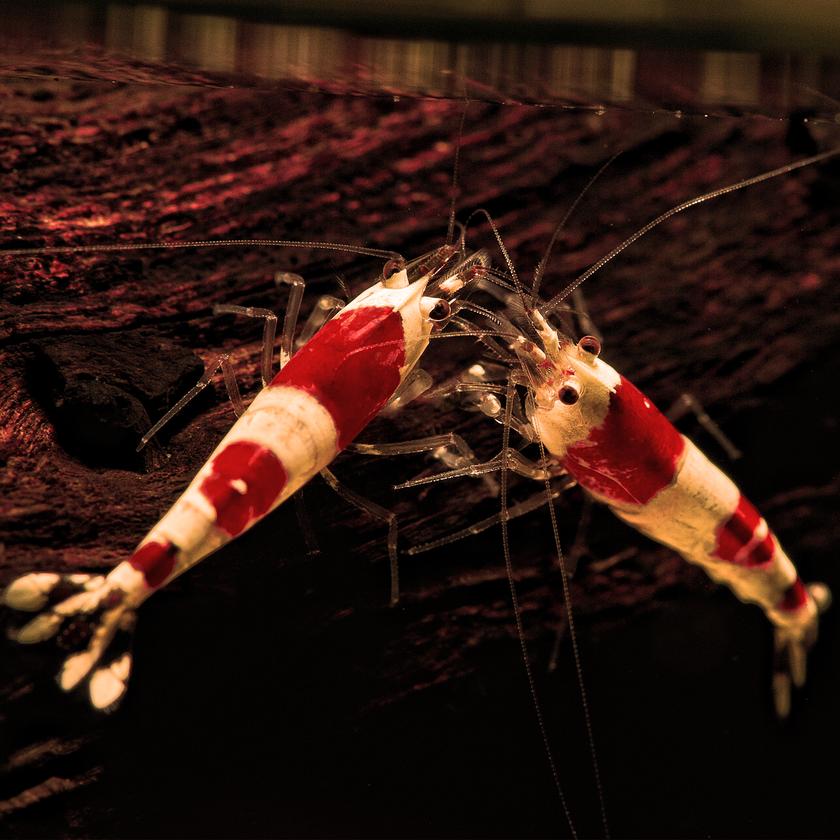- Continue Shopping
- Your Cart is Empty
The Tint
Continuity.
I've embarked on some "remodels" of some of the aquariums in my home office, and it's been a most interesting experience- as it always is. I've taken a slightly different approach to these "makeovers" over time. Specifically, one of the things I've done in recent years is to keep the substrate layers from the existing tanks and "build on them." In other words, I'm taking advantage of the well-established substrate layers, complete with their sediments, decomposing leaves and bits of botanicals, and simply building upon them with some additional substrate and leaves. I've done this many times over the years- it's hardly a "game-changing" practice, but it's something not everyone recommends or does. I believe that preserving and building...
Streaming along...
There is a whole, fascinating science to river and stream structure, and with so many implications for understanding how these structures and mechanisms affect fish population, occurrence, behavior, and ecology, it's well worth studying for aquarium interpretation! Leaf litter beds form in what stream ecologists call "meanders", which are stream structures that form when moving water in a stream erodes the outer banks and widens its "valley", and the inner part of the river has less energy and deposits silt- or in our instance, leaves. Did you get that part where I mentioned that the lower-energy parts of the water courses tend to accumulate leaves and sediments and stuff? It's logical, right? And it's also interesting, because, as we know, fishes and their food items...

